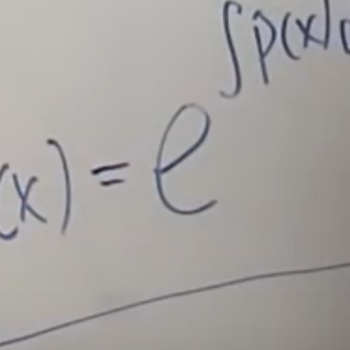How do you find sinØ if cos2Ø=3/5, and Ø terminates in Quadrant 1?
3 Answers
Explanation:
Alright, here we know that both sin and cos are positive because this is in the first quadrant.
We will utilize the cos double angle identity to solve for
We can solve for theta if we really want by arccos, since the value is not on the unit circle, but no point since the question is asking for the value of sin theta
From that value we know that one of the legs of the triangle is 2, and the hypotenuse is 5, using the pythagorean theorem becomes essential to find the opposite side
Since sin and cos are positive, we will use positive one as the opposite side, therefore
sin phi = 1/sqrt(5)
Explanation:
We can use the identity:
cos 2 phi -= cos^2 phi - sin^2 phi
\ \ \ \ \ \ \ \ \ -= (1-sin^2 phi) - sin^2 phi
\ \ \ \ \ \ \ \ \ -= 1-2sin^2 phi
So we can write:
3/5 = 1-2sin^2 phi
:. 2sin^2 phi = 1-3/5
:. 2sin^2 phi = 2/5
:. sin^2 phi = 1/5
:. sin phi = +- 1/sqrt(5)
But we know that
sin phi = 1/sqrt(5)
Explanation:
Trig Identities
now to the working out
so using
add 1 and
substitute
If you want to rationalise the denominator



